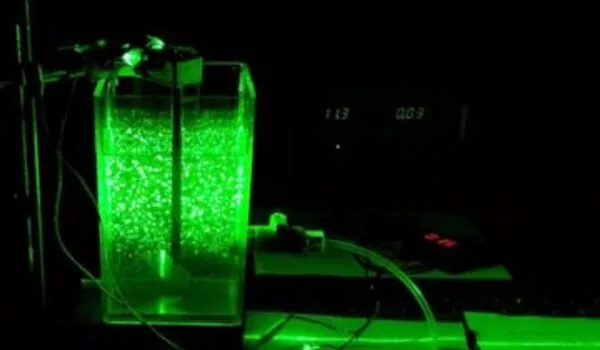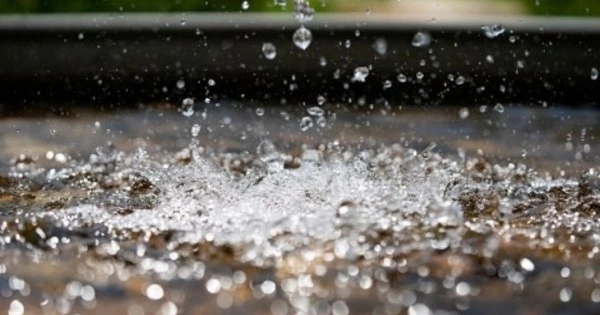There are several different methods currently in use, including in situ sensors, remote sensing, and laboratory analysis. In situ sensors are devices that are placed directly in the water and can measure parameters such as temperature, pH, dissolved oxygen, and turbidity. Remote sensing techniques, such as satellite imagery and aerial photography, can provide a broader perspective on water resources over large areas. Laboratory analysis involves collecting water samples and analyzing them for various contaminants, such as metals and bacteria.
The new method monitors the size and shape of the clumps as well as the mixing intensity in real-time in a single step, allowing for more accurate measurements. The research is valuable because mixing is one of the most energy-intensive processes in water and wastewater purification.
Water is an essential resource, and clean water is a must. Texas A&M University researchers have developed a new technique for real-time monitoring of one of the key processes in water purification. Microscopic pathogens in raw water are too small to be easily removed during water and wastewater treatment. Chemicals are added to form large clumps known as flocs that can be easily filtered out. Flocculation is the process used in water treatment to remove suspended particles from the water.
We developed a brand-new technique to non-intrusively monitor the mixing so that we can precisely control it, quantify heterogeneities within the reactor, and potentially optimize it to create flocs of desired characteristics while simultaneously minimizing energy consumption.
Dr. Kuang-An Chang
“Coagulant chemicals need to be added to purify drinking water and remove turbidity (cloudiness) and microbes that are too small to be visible to the naked eye,” said Dr. Kuang-An Chang, professor in the Zachry Department of Civil and Environmental Engineering at Texas A&M.
But it is crucial to properly mix the water and chemicals so the pathogens properly clump. If mixing is low, clumps won’t form. If mixing is too intense, clumps will form but quickly break apart.
Researchers are continually working to improve these methods and develop new ones to provide more accurate and comprehensive data on water resources. Advancements in technology, such as machine learning and artificial intelligence, are also being used to analyze data and make predictions about water quality and quantity.

The new method simultaneously monitors the size and shape of the clumps as well as the mixing intensity in a single step in real-time, allowing for more accurate measurements. The importance of the study stems from the fact that mixing is one of the most energy-intensive processes in water and wastewater purification.
“We developed a brand-new technique to non-intrusively monitor the mixing so that we can precisely control it, quantify heterogeneities within the reactor, and potentially optimize it to create flocs of desired characteristics while simultaneously minimizing energy consumption,” he said.
This ground-breaking technology can be used to improve flocculation, which means successfully removing contaminants by growing large enough clumps while using as little energy as possible.
“Every previous study did this in two steps,” Chang explained. “Previously, artificial particles with known properties would be added first to monitor mixing. The actual clumps would then be monitored in a second experiment with ‘identical’ settings. We essentially cut the workload in half while improving precision because there are always statistical differences between two experiments.”
















